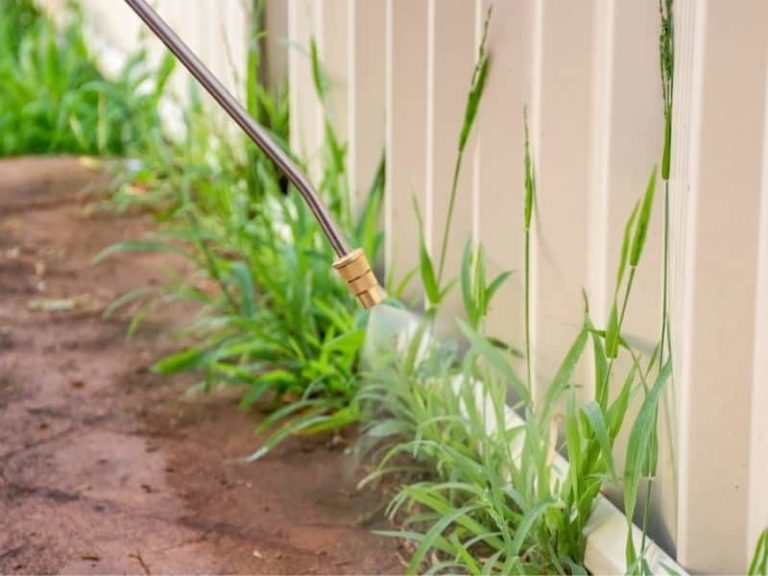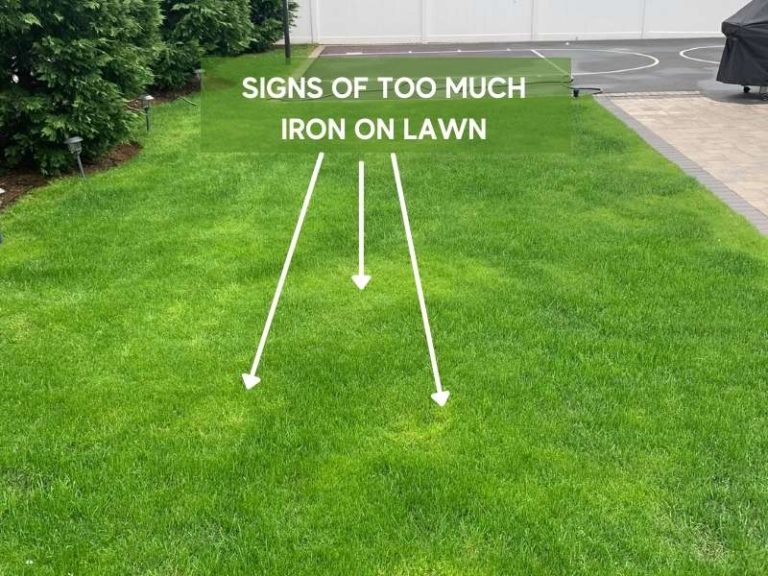Urea Fertilizer for Lawns
Turfs require essential nutrients found in most soils in their acceptable quantities to grow healthy. But, when nutrients are lacking or deficient, fertilizer is added to boost their content.
Urea fertilizer is a great source of vital nitrogen grass needs to grow thicker, greener, and healthier. Urea has gained more popularity than ammonium nitrate over the past decade.
Is urea fertilizer good for lawns?
Urea is an excellent fertilizer for lawns, and rich in high nitrogen content that is essential for turf to grow thicker, greener, and healthier.
How to apply urea fertilizer on lawn and timing
Before applying Urea or any fertilizer on the lawn, perform a soil test to determine its pH, quantity of available nutrients, and those lacking. Pick about 12 samples of soil from different spots on your lawn and take them to a nearby university extension laboratory for testing. They will give you a soil report and recommend the best fertilizers to apply in their correct amounts.
The best time to add urea fertilizer on cool-season grasses is late fall (early October-early December) and late summer. In late fall, most of their foliar have stopped growing but are still green.
For warm-season grasses, apply urea fertilizer in spring and, if need be, six weeks before the first expected frost in fall. In early spring, most warm-season grasses are from winter dormancy and are greening up. They are actively growing and would readily utilize the applied nitrogen fertilizer.
Urea fertilizer application should be made early in the morning on a cool, calm day when the temperature range is 32oF to 60oF. Cool temperatures minimize the rate of ammonia loss. Lower temperature below 32oF freezes the soil, and the fertilizer granules may not be easily incorporated into the soil. Since Urea is highly volatile, applying it in temperatures above 60oF on a windy day is not advisable.
The standard application rate of nitrogen fertilizer is 1 pound per 1000 square feet. Use this rate when adding urea fertilizer to the lawn.
When Urea is applied to moist soil, a hydrolysis reaction occurs. Enzyme urease helps to break Urea into ammonium carbonate. Ammonium is further reduced to ammonia gas. Simultaneously, nitrates are formed through nitrification, and the roots absorb them. This process takes 3 to 7 days to complete.
When adding urea fertilizer, ensure the soil is wet but not dry to help incorporate the granules easily to reduce ammonia loss to the atmosphere. Water the lawn a day or two before application.
Urea exists in white, crystalline granules that dissolve in water. You can either apply them as broadcast or foliar.
How to apply this fertilizer as a broadcast:
- Spread urea granules on the lawn evenly using a broadcast spreader. Alternatively, distribute them with your hands, though it can be less accurate.
- Water in with 1 inch of water to sip in the crystals to the soil to convert them to nitrates.
How to mix and apply the fertilizer:
Because Urea is soluble, you can dissolve it in water or irrigation systems to apply as a foliar. You will need a sprayer, a tablespoon, and ammonia fertilizer.
- Mix 1 tablespoon full of Urea with 1 gallon of water to form a 0.5% concentrated solution. Otherwise, mix 4 tablespoons full of Urea and mix with 1 gallon of water to form a 2% concentrated solution for nitrogen-deficient grass.
- Transfer the mixture to a sprayer, shake to mix them well.
- Spray the solution directly on the grass.
- Water in immediately with 1 inch of water to soak in any remaining foliar solution into the soil.
Urea fertilizer takes 24 hours to begin its reaction, which completes between 3 and 7 days. Be sure to apply the fertilizer when there’s no heavy rain forecast ahead but light showers of 7mm-10mm within the following 2 days.
Remember to stay safe when handling urea fertilizer because it causes skin irritation and itching if it contacts the skin. Wear protective gear such as hand gloves, goggles, and face masks during application.
Whenever urea granules fall on nearby driveways, patios, or sidewalks, sweep them back to the lawn. Rinse any foliar sprayed on undesired pathways with a lot of water to wash them off.
Keep Urea in a tightly closed container and store it in a cool, dry place with enough air circulation.
Can I dissolve and apply Urea as a foliar application on my lawn?
Since crystalline urea granules are soluble in water, you can dissolve and apply them as a foliar on the lawn. You only need to mix 1 tablespoon of urea fertilizer with 1 gallon of water, put it in a spray bottle and shake well. Spray the resulting solution directly on the lawn. Water again with 1 inch of water to soak in any remaining foliar on the grass surface.
Can I use Urea in my lawn hydroponic system?
It’s quite difficult to use urea fertilizer in a lawn hydroponic system because there’s no enzyme urease to catalyze the hydrolysis reaction.
Bacteria and fungi in the soil produce urease, a nickel-dependent enzyme. When Urea is added into moist soil, this enzyme starts a chemical reaction to break down the fertilizer to ammonium and carbonate.
However, in hydroponic systems, the urease enzyme is absent to start the chemical reaction of breaking down Urea in the presence of water. As a result, no nitrates are produced for grassroots intake.
So, I don’t recommend the use of urea in your lawn hydroponic system.
What happens if I spread Urea on my lawn?
Spreading Urea on the lawn makes the grass grow thicker, greener, and healthier. However, over-fertilizing burns the grass and pollutes the environment. If you under fertilize, your grass will grow slower, become thinner, and malnourished.
Urea fertilizer has the highest nitrogen concentration of 46%. When applied to a lawn, grassroots intake nitrogen in the form of nitrates. Nitrogen is a primary component of chlorophyll, a green coloring matter that gives the grass its green color. More nitrogen forms more chlorophyll; thus, the grass becomes greener and lusher.
More chlorophyll production increases the rate of photosynthesis. The grass makes more food and grows faster. Turfs with low nitrogen content usually have stunted growth.
Nitrogen is also a component of amino acids, the building blocks of proteins. The mineral helps form more proteins, thus growing grass healthier. Without proteins, turf dies.
No matter how much nitrogen is important to grass, don’t overfertilize. Excess nitrogen supply burns grass by introducing much salt to the soil around the grassroots. As a result, the grass loses most of its water from the leaves through the roots to the soil. The grass will have less water to survive and cool off as water loss continues. It finally turns yellow or gets brown spots and dies. If the condition worsens, the plant dies.
Over-fertilizing also pollutes the environment. Because nitrates in urea fertilizer are mobile in water, they easily leach away and into the drainage systems and water bodies. This results in excessive algae bloom and endangering aquatic lives.
Under-fertilizing soil deficient in nitrogen makes the grass grow slower, thinner, and malnourished. Since the soil lacks sufficient nitrogen supply, turf forms less or no chlorophyll. It then turns yellow or develops brown patches.
Less chlorophyll reduces rates of photosynthesis, and the grass would have no food to survive. Thus, the leaf blades grow thinner and unhealthier.
The best practice is to spread the correct amounts of nitrogen at the recommended rates. For more effectiveness, apply the recommended quantity of urea fertilizer at the right time when the grass is actively growing.
Reference
University of Minnesota extension: Fertilizer Urea.



